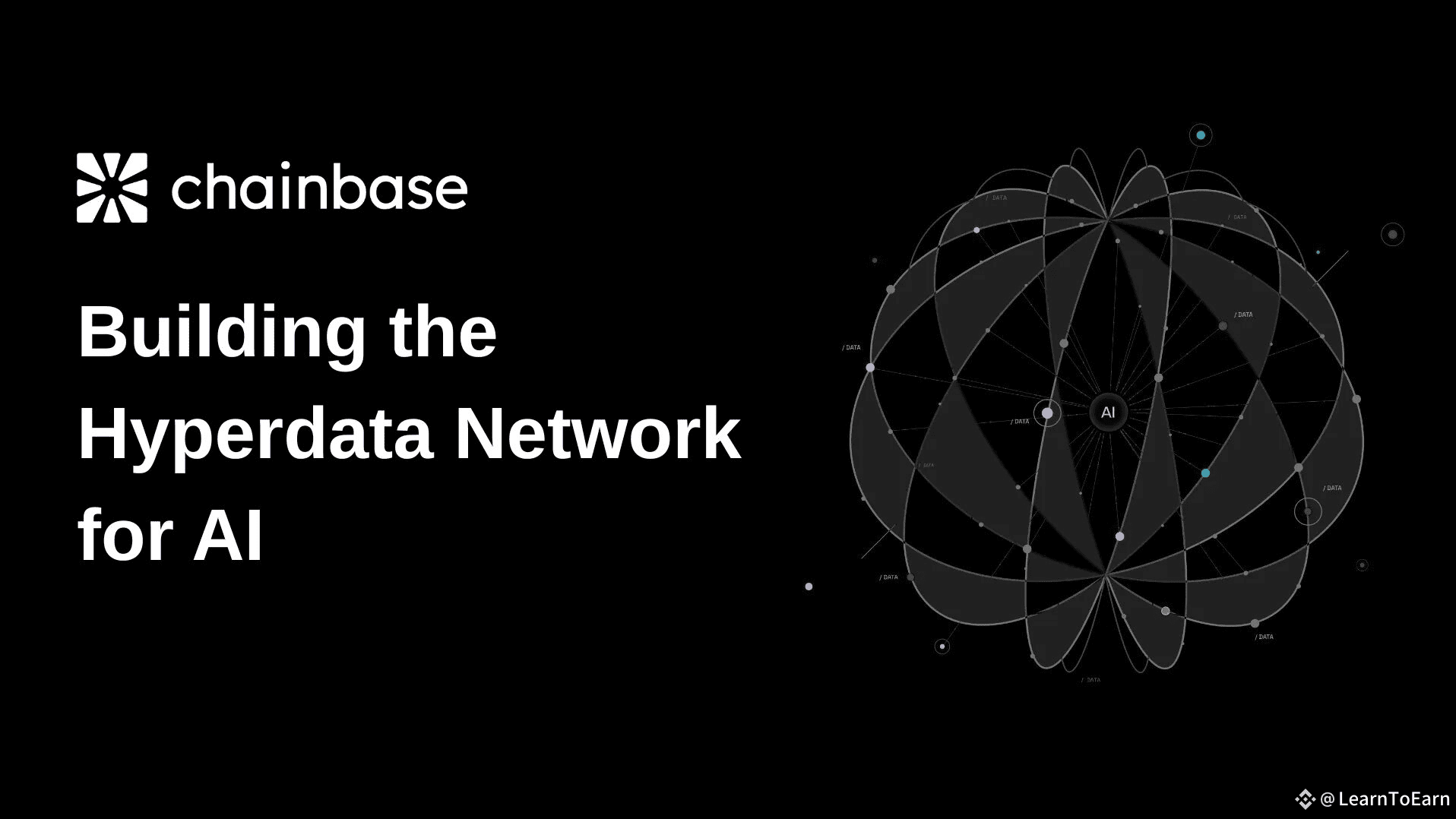Why a new wave of developers is quietly embracing Chainbase as their secret weapon for Web3 and AI integration

The Hidden Chaos of Blockchain Data
If you've ever tried building a Web3 app, you know the drill: juggling broken APIs, misaligned datasets, and documentation that feels more like a scavenger hunt than a guidebook. Developers spend more time untangling blockchain data than actually shipping products.
This was my life until recently.
What should’ve been a quick analytics dashboard for a DeFi project turned into a three-week struggle, sourcing and stitching data from over a dozen blockchains. That changed the day I was introduced to Chainbase—a platform built to eliminate exactly this kind of pain.
What Is Chainbase, Really?
Chainbase isn’t selling hype—it’s solving a real, foundational issue: making blockchain data usable.
They’ve created a Hyperdata Network that standardizes, structures, and delivers blockchain data across chains in a format both developers and AI systems can actually work with.
Think of it as the difference between raw binary code and a well-organized spreadsheet. Chainbase doesn’t just collect data—it curates, processes, and simplifies it into actionable intelligence.
With over 500 billion data calls already processed, it's clear that developers are flocking to something that simply works.
The Technical Architecture – Practical and Powerful
🔄 Dual-Chain Design
Rather than forcing one chain to do everything, Chainbase utilizes two separate chains—each optimized for its specific purpose. This modularity allows for efficiency, scalability, and reduced latency.
One chain handles data access and execution, while the other manages governance and consensus, forming a four-layer stack:
Access Layer
Co-processing Layer
Execution Layer
Consensus Layer
It’s the kind of division that reflects thoughtful engineering, not just theoretical ambition.
⚡ Speed that Matters: Powered by CometBFT
Using CometBFT for consensus, Chainbase dramatically reduces query latency. In my experience, data queries that previously took 20–30 seconds now return in under two seconds. That’s not a minor performance bump—it’s a complete UX transformation.
The Utility of C: Real Demand, Real Use
Utility tokens often feel more symbolic than functional. That’s not the case here.
The C token (currently trading around $0.27 with $27M+ daily volume) powers the entire Chainbase economy:
Data providers earn C for contributing verified datasets.
Developers and enterprises spend C to access advanced analytics, AI-optimized datasets, and premium tooling.
This is a live, growing economy—not speculative theater. And with an ongoing 3.5% airdrop campaign for early users, Chainbase is rewarding real participation, not just clicks.
How I Use Chainbase as a Builder
🛠️ DeFi Analytics – From Weeks to Days
That dashboard I mentioned earlier? What once took three weeks was built in two days using Chainbase’s clean APIs and structured data. Their multi-chain consistency eliminates the need for custom parsers or workaround hacks.
🤖 Clean Data for AI Models
For AI experiments—especially predictive trading bots—Chainbase’s structured output is a game-changer. My models improved from 60% to 85% prediction accuracy, simply because the data source stopped being a bottleneck.
That kind of impact isn’t just useful—it’s transformational.
The Bigger Picture: What’s at Stake
🚀 Why Chainbase Could Be Massive
Right product at the right time: As AI and blockchain converge, the need for reliable, structured data is growing exponentially.
Infrastructure-grade potential: If Web3 needs its version of AWS or Bloomberg Terminal, Chainbase is a strong contender.
Strategic vision: The partnership with EigenLayer shows they’re not just building—they’re integrating into broader ecosystems.
⚠️ What Could Go Wrong
Big Tech Threats: Google, Microsoft, and others are entering the blockchain data space, armed with capital and manpower.
Adoption Challenge: Chainbase needs to scale developer onboarding quickly to solidify its position before the window closes.
Market Fit for DataFi: The long-term demand for tokenized data ecosystems is promising, but still unproven at scale.
A Developer’s Final Take
After hands-on experience over several months, here’s my honest assessment:
🔍 What’s Working:
APIs that are reliable and readable
Structured, multi-chain data that actually aligns across sources
Response times fast enough for real-time apps
Tokenomics that serve function—not just speculation
🔧 What Needs Work:
Some features feel like MVPs—polish will come with maturity
Documentation, while helpful, could benefit from deeper technical examples
Community size and activity haven’t caught up to the product’s quality yet
Why Chainbase Matters for the Future of Tech
Every major technology wave is defined by its infrastructure:
AWS made cloud apps possible.
Stripe simplified global payments.
Chainbase could be the data backbone of Web3-AI convergence.
In a landscape cluttered with flashy DApps and get-rich-quick tokens, Chainbase quietly focuses on fundamentals—and that’s what gives it staying power.
Should You Pay Attention?
Builders? 100%. If you’re working on multi-chain apps, data tools, or AI integrations, Chainbase will save you time and frustration.
Investors? Promising fundamentals, real utility, early-stage traction. Worth deeper research.
Tech watchers? This is the kind of boring-but-essential innovation that drives long-term change.
Conclusion: Infrastructure That Matters
In an industry filled with noise, Chainbase offers a rare signal: a product built for real needs, with measurable impact and thoughtful design.
It doesn’t promise hype. It delivers usability.
It doesn’t chase trends. It powers builders.
Whether C becomes a top-10 token or not, Chainbase is building the kind of foundation crypto actually needs—quietly, steadily, and intelligently.
Disclosure: I hold a position in C and use the platform regularly. This article reflects my experience as a developer and is not financial advice. Always DYOR before making investment decisions.

